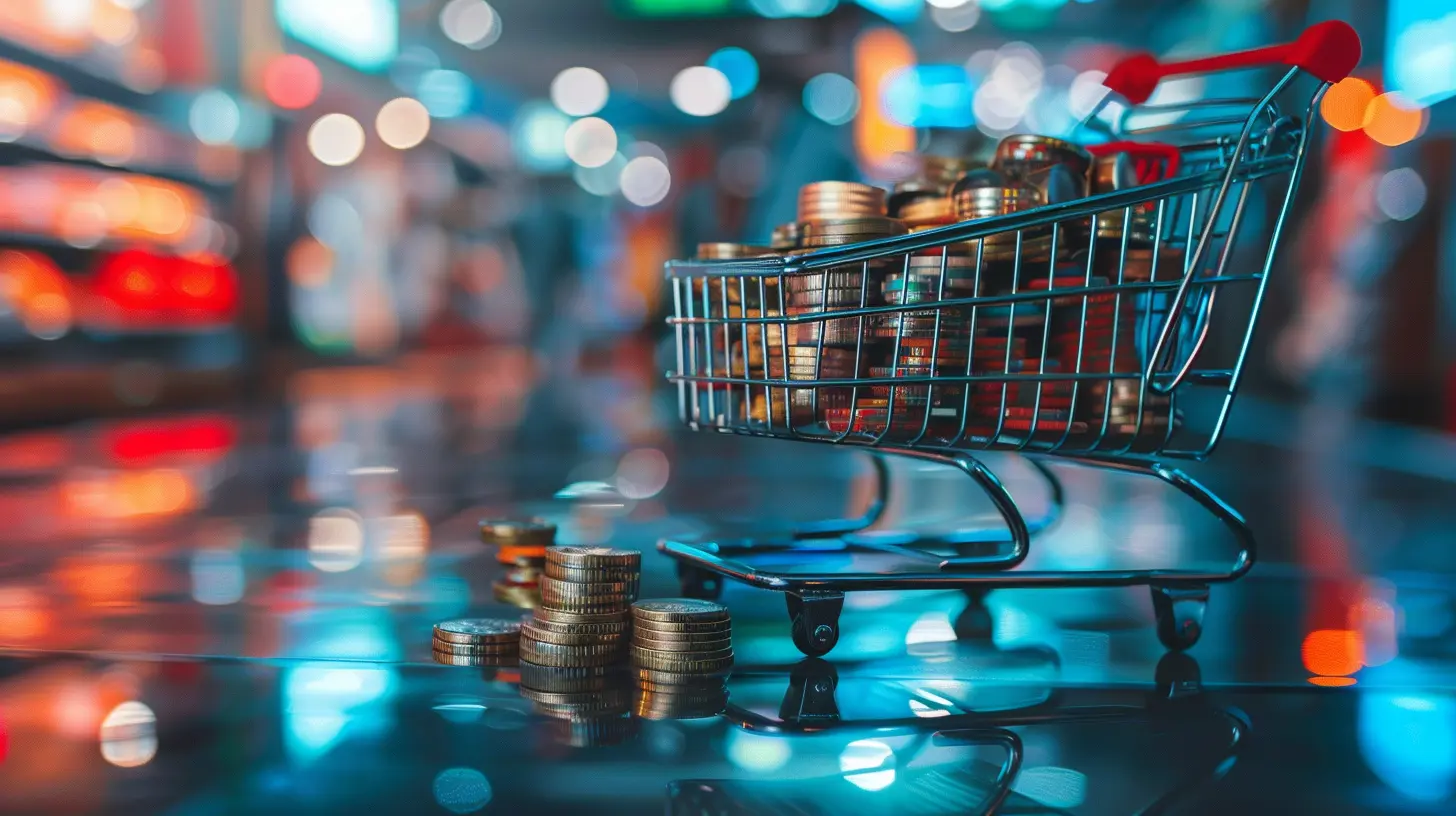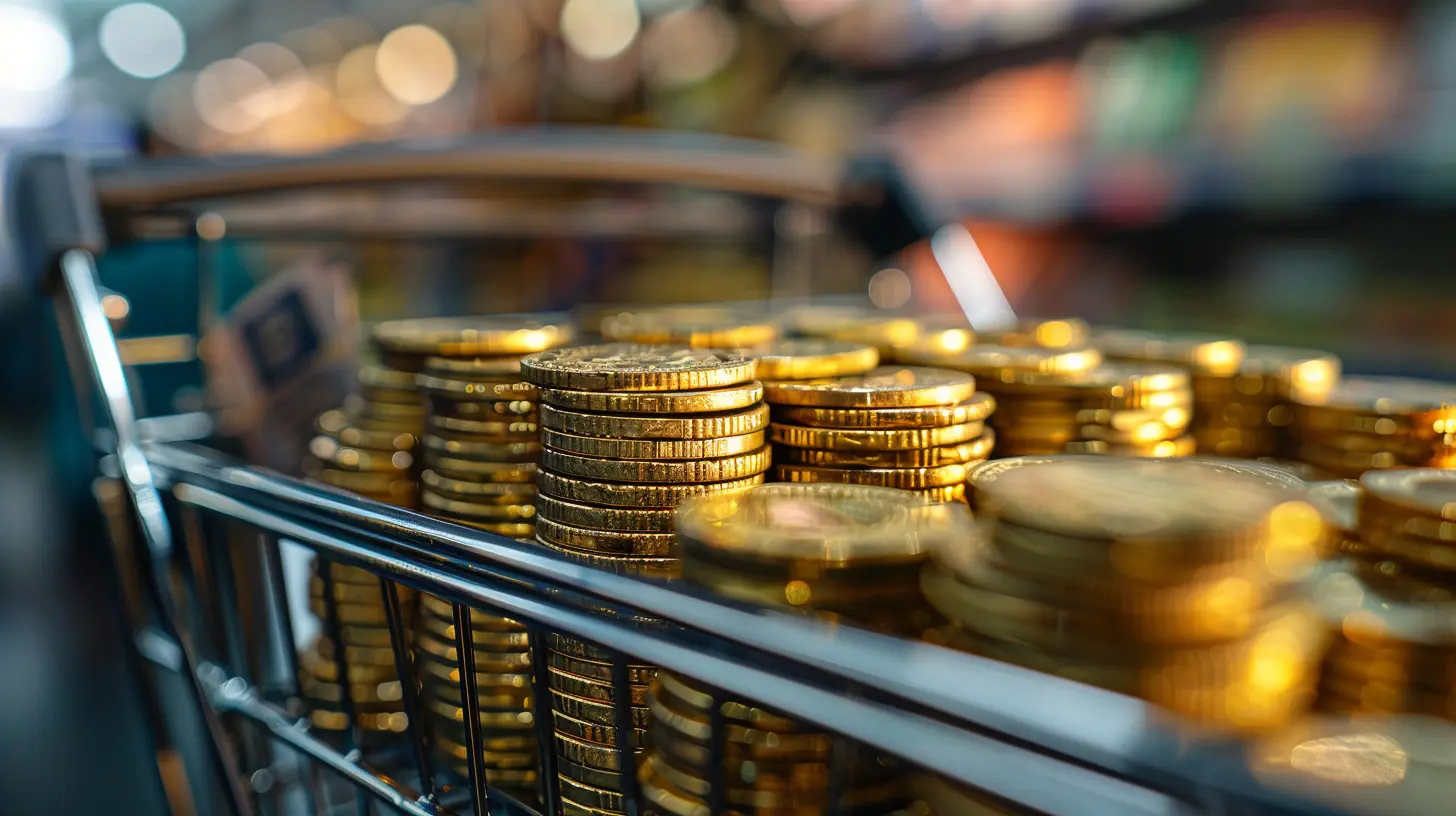How Changing Consumer Spending Patterns Are Affecting Businesses
3 September 2025
Have you ever thought about how your buying habits ripple through the economy? Whether we realize it or not, every click, swipe, and purchase decision we make shapes the business landscape. Consumer spending isn’t just about money leaving your wallet—it’s about priorities shifting, lifestyles evolving, and businesses scrambling to keep pace. Right now, how people spend their hard-earned cash is changing, and let me tell you, businesses are feeling it big time.
In this article, we’ll unpack the ways evolving consumer spending patterns are sending ripple effects through industries. From the growing demand for sustainability and subscription services to the tightening of budgets due to inflation, businesses are in the hot seat trying to adapt. So grab a cup of coffee (or tea, if that’s your thing) and let’s break it down.
The New Rules of Spending: What’s Changed?
It’s no secret—our spending habits have shifted dramatically over the last few years. But why? A few major factors are driving these changes, and each one is influencing how businesses operate.1. The COVID-19 Effect: A Wake-Up Call
Let’s rewind a bit. When the pandemic hit, the world pretty much stopped in its tracks, and so did a lot of our spending. Travel plans got canceled, dining out became a rare treat, and home offices popped up faster than memes on the internet. Consumers started prioritizing essentials over luxuries, and even though life is slowly returning to normal, some of these habits have stuck around.For businesses, this shift was a double-edged sword. Industries like travel and hospitality took a nosedive, while e-commerce and home fitness brands soared. Companies had to pivot—fast. Those that didn’t? Well, they’re now cautionary tales.
2. The Inflation Struggle: Stretching Every Dollar
Ever feel like your paycheck disappears faster these days? You’re not alone. Rising inflation means that everyday items like groceries, gas, and rent are eating up a bigger chunk of household budgets. Consumers are being forced to prioritize, cutting back on non-essentials and focusing on what truly matters.For businesses, this tightening of wallets has been a wake-up call. Products and services that once seemed like surefire hits are now being abandoned for cheaper alternatives. Companies have to innovate, offer deals, and prove their value like never before.
How Businesses Are Adapting to Consumer Spending Shifts
Okay, so we know spending habits are changing, but how exactly are businesses responding? Here’s a closer look.1. Sustainability Isn’t Just a Buzzword Anymore
Let’s be real—more and more people care about the planet, and they want their dollars to do the same. Whether it’s buying reusable products, supporting brands that give back, or avoiding companies with shady ethics, consumers are putting their money where their values are. Sustainability is no longer a “nice-to-have” for businesses; it’s a “must-have.”Companies like Patagonia and TOMS have set the bar high, showing that it’s possible to turn a profit while doing good. But even smaller businesses are hopping on the bandwagon, offering eco-friendly options and more transparent supply chains. And honestly? It’s not just about appeasing customers—it’s about staying relevant in a world that’s waking up to environmental issues.
2. The Rise of Subscription Services
Raise your hand if you’re subscribed to at least one of the following: Netflix, Spotify, Amazon Prime, or some kind of meal kit. You’re not alone. Subscription services have exploded in popularity because, hey, who doesn’t love convenience? Whether it’s streaming music, getting fresh groceries delivered, or even receiving monthly skincare boxes, consumers are opting for recurring services that simplify their lives.For businesses, this shift is a golden ticket to steady revenue streams. But it comes with a catch—competition is fierce, and customer retention is key. It’s like dating; once the honeymoon phase ends, companies need to put in the effort to keep consumers engaged. No one wants to pay for a subscription they no longer find valuable, right?
3. The Digital Shopping Spree
Let’s face it—shopping in your PJs is way more appealing than braving crowded malls. E-commerce has been on the rise for years, but the pandemic turbocharged its growth. People got hooked on the ease of online shopping, and now it’s a habit they just can’t shake.For businesses, this means brick-and-mortar stores are no longer the be-all and end-all. Companies are pouring resources into creating seamless online experiences, from user-friendly websites to speedy delivery options. Those who can’t make the digital leap? Unfortunately, they’re being left behind.
The Emotional Side of Spending
Now, let’s talk about the not-so-visible side of this spending shift—the emotional stuff. At its core, consumer spending reflects what people value, fear, and hope for. As individuals navigate uncertainties like economic downturns or global crises, their spending decisions are often guided by emotions.1. The Comfort Factor
When times are tough, people seek comfort—whether it’s in a cozy meal, a nostalgic movie, or a self-care product. Businesses that can tap into this need for emotional well-being often find loyal customers. Think about it: Why do you think comfort foods and wellness products saw a spike during the pandemic? People wanted a sense of normalcy.2. The FOMO Effect
Ah, FOMO—Fear of Missing Out. It’s a powerful driver behind consumer behavior. Businesses know this and often use it to their advantage with limited-time offers or exclusive drops. But here’s the catch: FOMO has to feel authentic, not forced. If consumers sniff out insincerity, they’ll walk away faster than you can say “limited edition.”
What’s Next? Future Trends to Watch
So, what does all of this mean for the future? Well, change is the only constant, but there are a few trends we can expect to stick around.1. Increased Personalization
Consumers crave experiences that feel tailored to them. Whether it’s personalized recommendations on apps or custom products, businesses that can make customers feel special will win the day. It’s like giving a gift—you wouldn’t give the same thing to everyone, right?2. Tech Integration
Have you noticed how technology keeps getting smarter? Whether it’s AI chatbots, voice assistants, or virtual shopping experiences, businesses are diving deep into tech to enhance customer interactions. The goal? Make spending money as frictionless as possible.3. Community and Connection
As much as people love convenience, they also crave connection. Brands that foster a sense of community—either through social media, local initiatives, or shared values—can build loyalty that money just can’t buy.Wrapping It Up
Changing consumer spending patterns are like a riptide—powerful, unpredictable, and impossible to ignore. For businesses, adapting to these changes isn’t optional; it’s necessary for survival. The ones that succeed are those willing to listen, evolve, and put their customers at the heart of everything they do.At the end of the day, businesses aren’t just selling products or services—they’re selling solutions, emotions, and experiences. And as consumer priorities continue to shift, one thing remains clear: The companies that can ride the waves of change will be the ones that thrive.
all images in this post were generated using AI tools
Category:
Economic TrendsAuthor:

Rosa Gilbert
Discussion
rate this article
1 comments
Juno McKee
Consumer spending habits are shifting rapidly. Businesses must adapt quickly to these changes or risk losing relevance and connection with their target markets. Agility is key.
September 7, 2025 at 4:22 AM

Rosa Gilbert
Absolutely! Adapting to shifting consumer spending is essential for businesses to maintain relevance and foster strong connections with their audience. Agility ensures they can meet evolving needs effectively.


